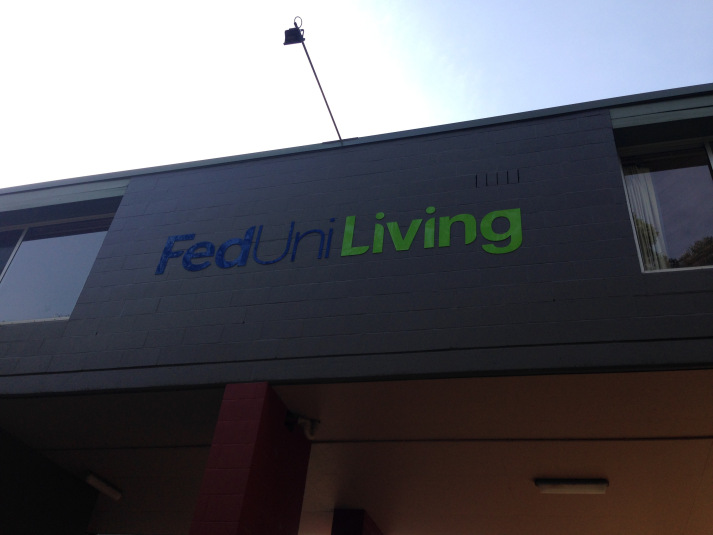
For the past seven weeks or so, I have been working at Federation University Australia’s FedUni Living office as an ACUHO-I intern. For those of you who are unfamiliar with what ACUHO-I is, the acronym stands for the Association of College and University Housing Officers - International. Housing and residence life is a major functional area in the field of higher education and student affairs in the United States and ACUHO-I is an organization that brings housing and residence life professionals together. Every year, ACUHO-I organizes the internship program through which I secured my internship this year.
The FedUni Living office is the equivalent of an American university’s department of housing and residence life. During my time here, I have discovered many major differences and similarities between the American and Australian housing and residence life systems. For example, the term “college” here in Australia does not refer to a degree-granting institution, but instead it refers to an independently run residence hall that may formally affiliate with a university. For example, University of Melbourne does not have its own on-campus residence halls. However, the university is surrounded by and affiliated with residential colleges. These residential colleges can be religiously affiliated or possibly even legacy oriented, while others are nondenominational and neutral. There is no such thing as a degree granting “college” in Australia. All degree-granting institutions are referred to as a university.
Another major difference I have noticed about housing at universities here in Australia versus housing at universities in America: all accommodations are singles. Doubles, triples, quadruples, etc. in which students share the room they sleep in do not exist here. At the very least, every student has their own bedroom. They may have to share a communal kitchen or bathroom, but they do not have to share a bedroom. I was astounded when I first learned this.
The roles of resident assistants (RAs) here in Australia can vary from institution to institution. For example, some university’s RAs will be similar to American university RAs in which they must be on duty and conduct rounds. If issues arise, depending on the level of danger per the situation, the RAs may be expected to handle the situation themselves (i.e. noise complaints or lock outs). However, for some Australian universities, this is not the case. Instead, some universities may have an on-campus security team that may deal with all resident complaints or conduct issues. For such universities, RAs are primarily relied upon for community building. The manner in which RAs are compensated also varies from university to university. Some universities may give RAs free housing. Some universities may give partial rent reduction. Some universities do not give RAs free housing but the RAs are paid as an employee instead. Believe it or not, some universities may have the position as a fully volunteer role with no compensation.
Through visiting many universities here in Australia, I have learned that many of the issues that students face in residence halls here are similar to the issues in American residence halls. Roommate conflicts don’t necessarily exist due to the lack of shared bedroom accommodations, but students are still faced with conflicts with other residents due to dirty communal kitchens, dirty bathrooms, and noise issues. Much of the issues are similar to ones that American students might face in an apartment setting. Residents’ personal issues can vary. You will find that some students might be severely homesick. Some may be suicidal. Some may be using drugs. Some are struggling academically. Some might be completely ok! The challenges faced by Australian students are very similar to those faced by American students. It has been extremely interesting to learn about the similarities and differences between American and Australian residence halls, and the issues of the students who reside in them.